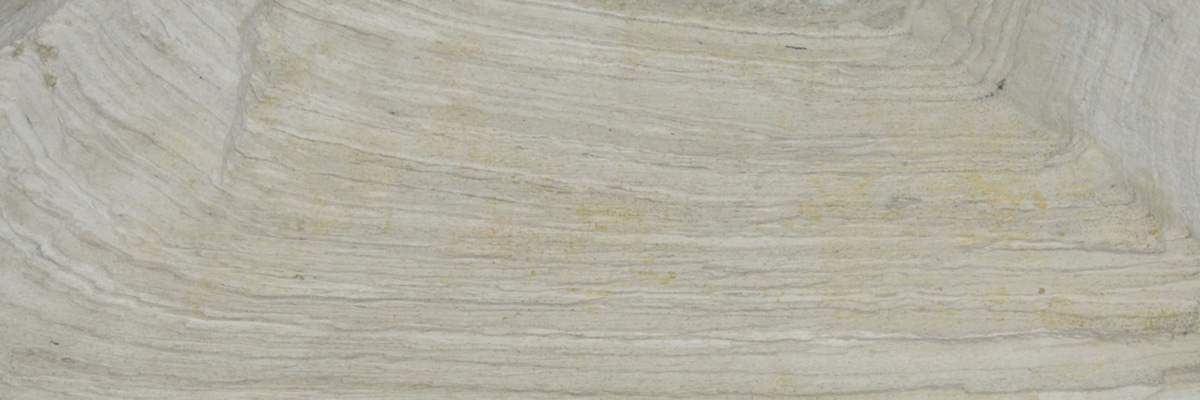Diatomite, also known as diatomaceous earth, is a sedimentary rock composed primarily of the fossilized remains of diatoms, single-celled aquatic algae. These microscopic organisms have intricate silica-rich cell walls, which contribute to the rock’s unique characteristics. Diatomite is lightweight, porous, and has a fine-grained, chalky texture. Its high silica content and low density make it a valuable material in various industrial applications, including filtration, abrasives, and as a natural pesticide.
Mineral Makeup
The primary component of diatomite is silica (SiO2), which is derived from the fossilized remains of diatoms. These tiny organisms have intricate cell walls made of silica, which accumulate on the seafloor over time. Other minerals, such as clay and volcanic ash, may also be present in diatomite, depending on the depositional environment.
Origin
Diatomite forms in aquatic environments, such as lakes and oceans, where diatoms thrive in large numbers. As these organisms die, their silica-rich cell walls accumulate on the seafloor, forming layers of diatomaceous ooze. Over time, this ooze becomes compacted and lithified, turning into diatomite rock.
Occurrence
Diatomite deposits are found in various locations around the world, with significant occurrences in the United States, China, Denmark, France, and Australia. In the US, some of the largest deposits can be found in California, Nevada, and Oregon. Diatomite is typically associated with regions that have experienced high diatom productivity and favorable depositional conditions, such as shallow marine environments or ancient lakebeds.
Metaphysical
Diatomite is thought to possess metaphysical properties related to purification, clarity, and spiritual growth. It is believed to help cleanse the aura, remove negative energy, and promote emotional healing. Diatomite is also said to enhance intuition, creativity, and communication, making it a valuable tool for artists, writers, and spiritual seekers.
| Class | Sedimentary (Organic) |
| Mineral Makeup | Primarily silica (SiO2) from diatom remains, with possible clay and volcanic ash |
| Luster | Dull to earthy |
| Hardness (Mohs) | 1-2 |
| Streak | White |
| Color | White, cream, gray, or light brown |
| Cleavage | None, breaks into small, irregular fragments |
| Specific Gravity | 1.9 to 2.3 |


